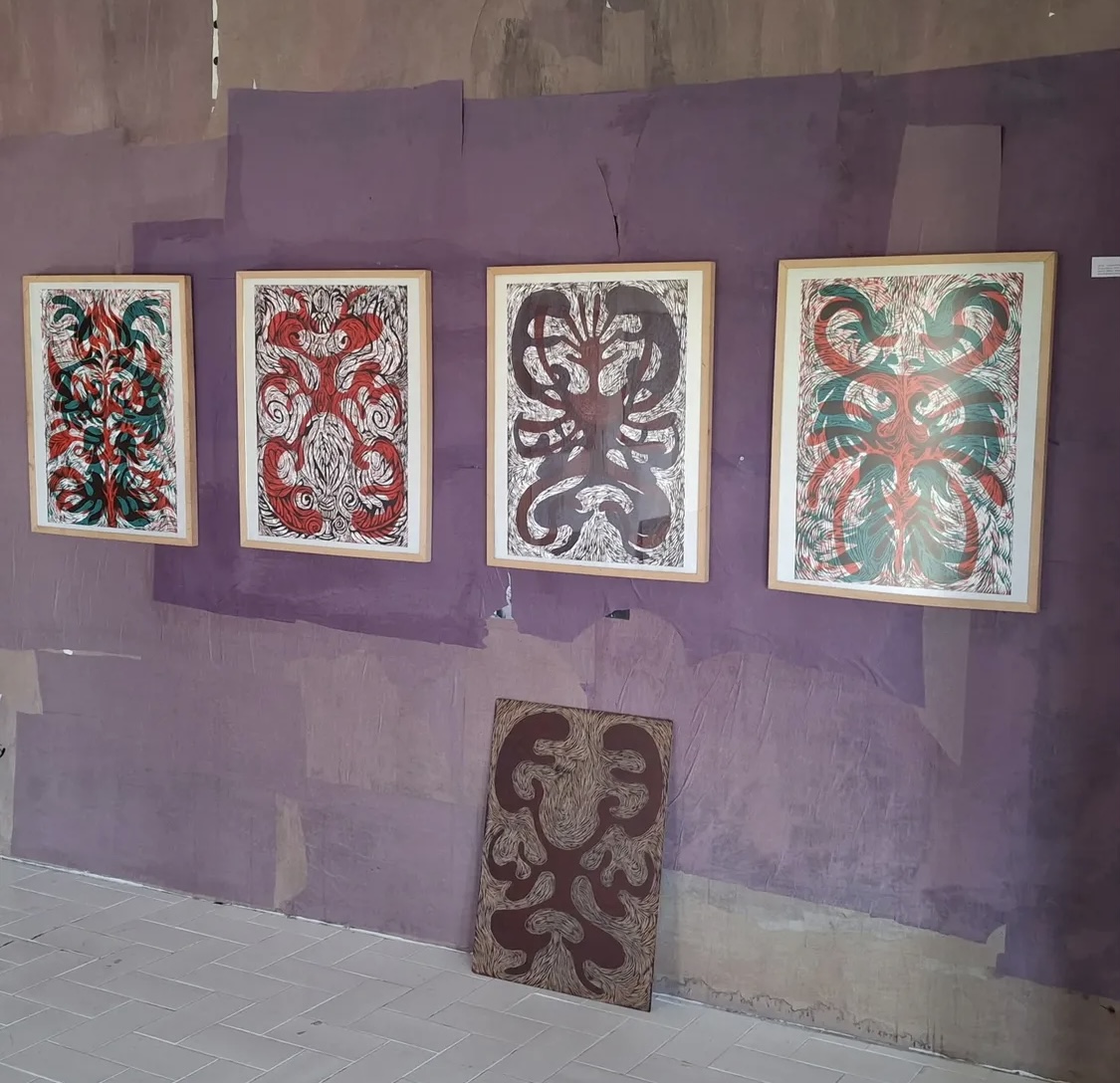News
The industrial memory of Anglès takes the form of a museum
A new heritage space opens its doors to explain the industrial history of the municipality and its link with the territory.
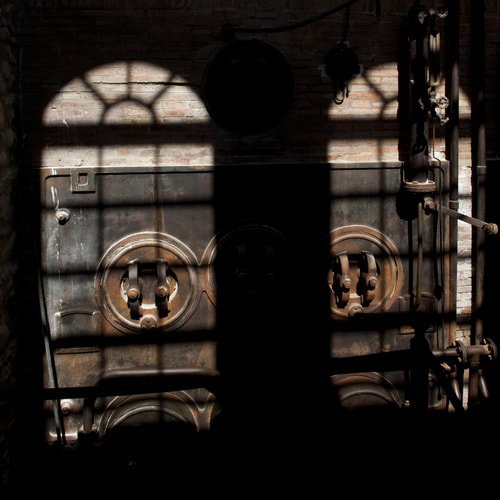
Today, a new space dedicated to the industrial and social memory of Anglès opens its doors: the Burés Museum. You can visit several emblematic spaces of the old factory, including the steam engine, and learn up close how this machine worked, which for decades marked the rhythm of life of an entire population.
The museum occupies the building that once housed the steam engine acquired at the beginning of the 20th century, when the dry summers of the Ter River put production at risk. It is an industrial element built by the Land and Maritime Engineers between 1900 and 1901, which was key to keeping the factory running despite the irregular flow. This piece, which is still in operation and is in very good condition, has been preserved thanks to the efforts of the Grup d'Estudis de la Vall d'Anglès, which between 2000 and 2006 promoted its protection. Furthermore, in 2010 the building was recognised as a Cultural Asset of National Interest, after a rehabilitation by the architect Adrià Felip.
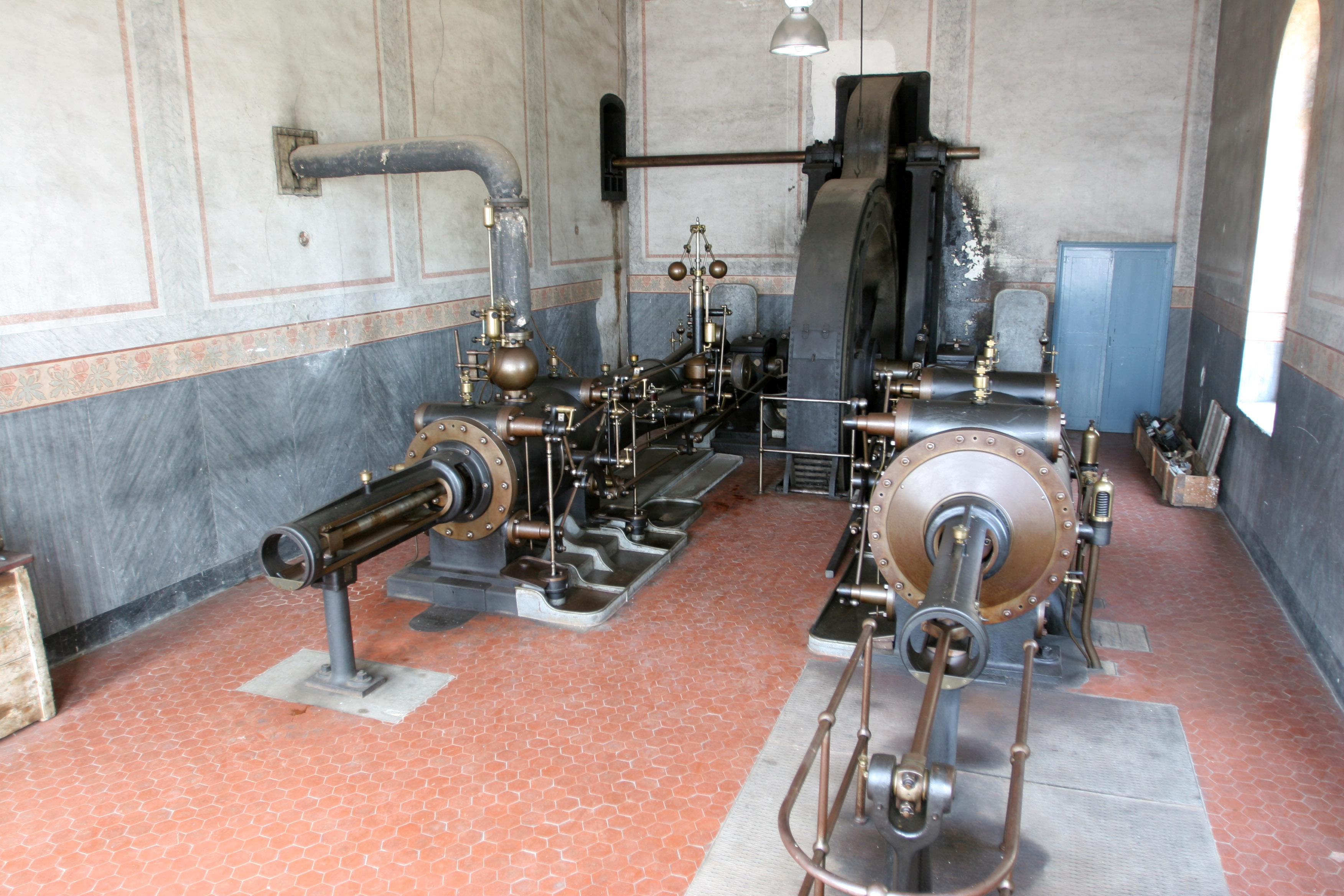 El vapor de la fàbrica Burés.
El vapor de la fàbrica Burés.
The history of the factory begins at the end of the 19th century, when a family of industrialists from the Barcelona area decided to settle next to the Ter River to set up a textile factory. With water as a source of energy and taking advantage of the favorable context of the time, an initial warehouse was built in 1887 and two more were later added, divided between the three members of the Burés family. Over time, several steam engines arrived. The one that is preserved today is part of a very unusual heritage, comparable only to some machines that can be seen in museums in the United Kingdom.
The museum not only explains the history of this factory and its technology, but also opens the focus to the trajectory of the town of Anglès. It reviews notable moments such as the prehistoric settlement, the medieval past linked to the Viscounty of Cabrera and, above all, the change of pace that industrialization entailed. From the creation of Burés, the municipality left behind a basically rural and forestry economy to become an active center, with electricity – it was the first town in the State with electric public lighting –, a train and an urban expansion that transformed the environment. The factory also influenced the construction of homes, both for the working class and for managers and technicians.
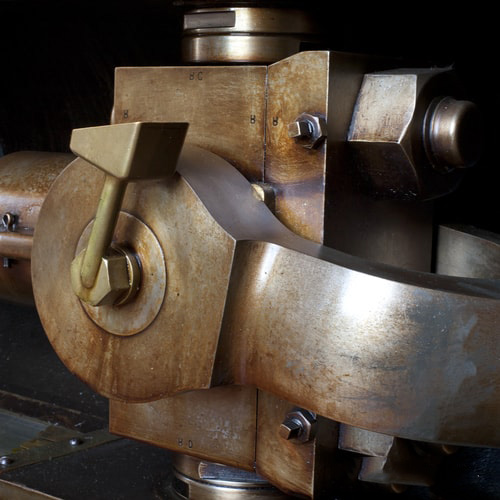 © Teresa Llordés
© Teresa Llordés
The museum tour also incorporates a look at the landscape and natural resources of the area. The forest, the river and the geological wealth have been decisive for the economic activity of Anglès, whether in the form of industries derived from wood (such as the manufacture of pencils or toothpicks), the mining of Osor or other uses of water as a source of energy. Another important part of the museum is the one that explains the internal workings of the factory: how the work was organized, what was produced there and how it evolved technologically. This section is completed with a visit to the steam engine and associated spaces, such as the coal sheds and boilers.
With the opening of the Museu de la Burés, Anglès recovers an important part of its history and offers it to the public in an accessible and well-contextualized way. The museum will allow a better understanding of the relationship between territory, natural resources and economic development, bringing closer a heritage that has marked the rhythm of local life for decades.
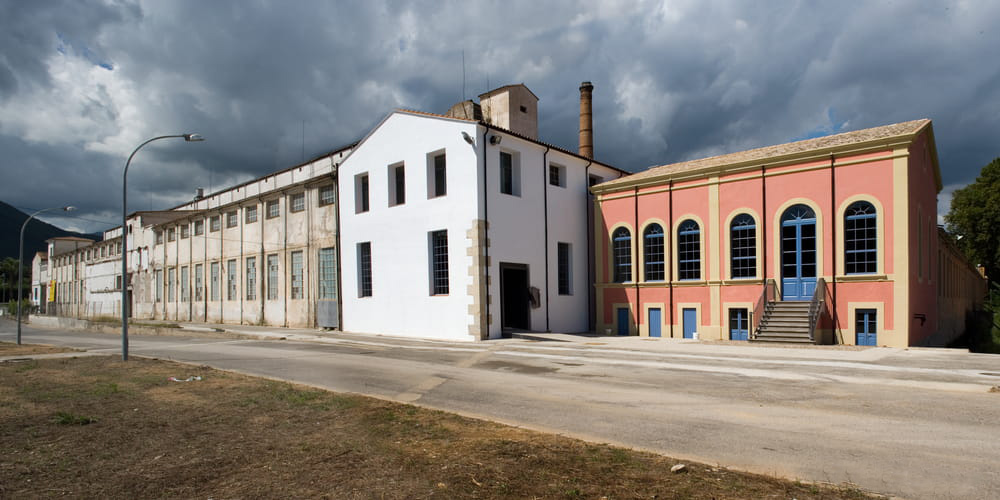 © Teresa Llordés
© Teresa Llordés





